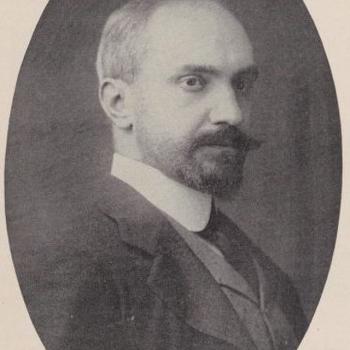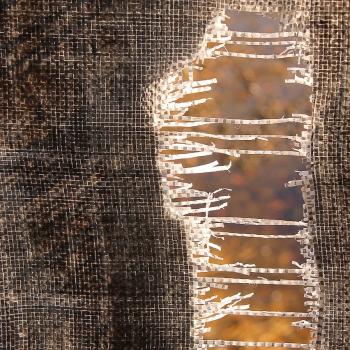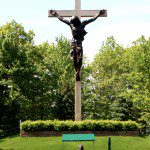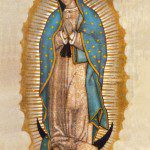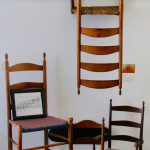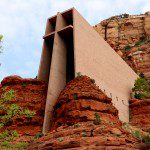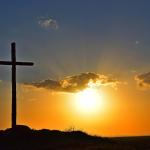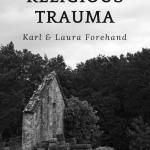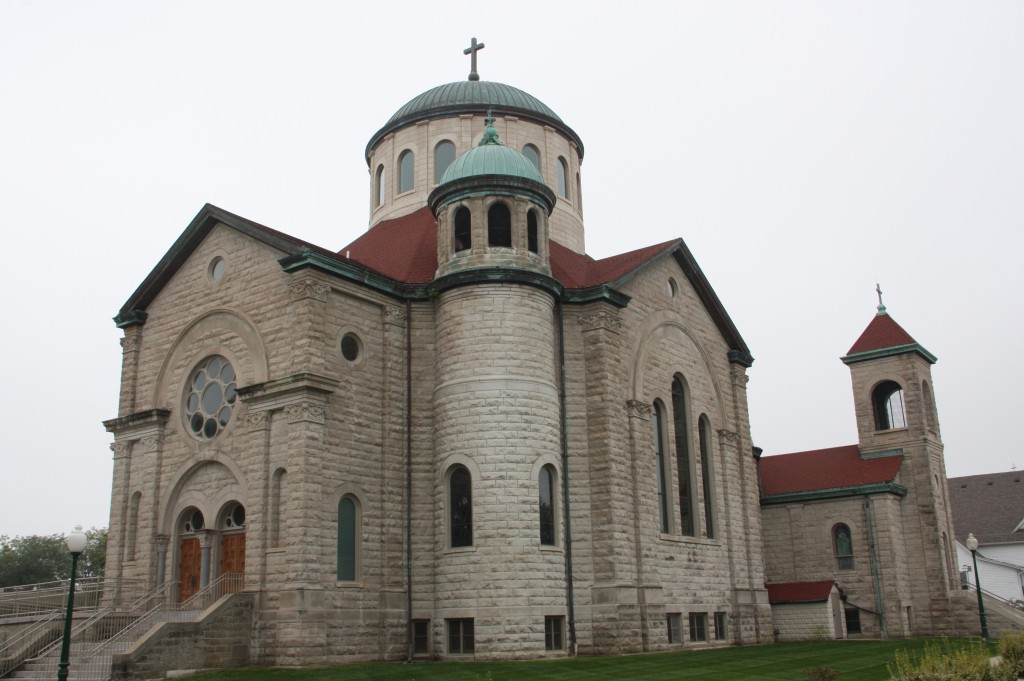
Sometimes the stories in the news seem overwhelming, don’t they? Each day brings another tale of intolerance, injustice and tragedy. So today I want to tell you about a place that has restored some of my faith in the goodness of humanity: the Saints Center for Culture and the Arts in Stuart, Iowa.
Its story begins in the early 1900s when the Catholic community in this small town west of Des Moines decided to build a church. And not just any church: they wanted a BIG church, one that was loosely modeled after St. Mark’s Cathedral in Venice. The church that opened in 1908 was a blend of Byzantine and Romanesque styles, with an exuberantly Baroque interior complete with handpainted frescos, stained glass from Germany, altars of Italian marble and a massive copper dome 90 feet above the ground.
For nearly a century this church, known as All Saints, was a regional landmark, voted the “Most Beautiful Church in Iowa” by readers of the Des Moines Register and well-loved by the entire community of Stuart.
And then on an August day in 1995, an arsonist poured 25 gallons of gas inside All Saints and ignited a conflagration that drew 20 fire departments from a 50 mile radius. Despite the best efforts of the firefighters, by the time the flames were extinguished virtually everything in the church was destroyed except for its exterior walls. The arsonist, a man named Charles Willard from Des Moines, was motivated by a hatred of the Catholic Church and a desire to (in his words) “take the heart and soul out of a small town.”
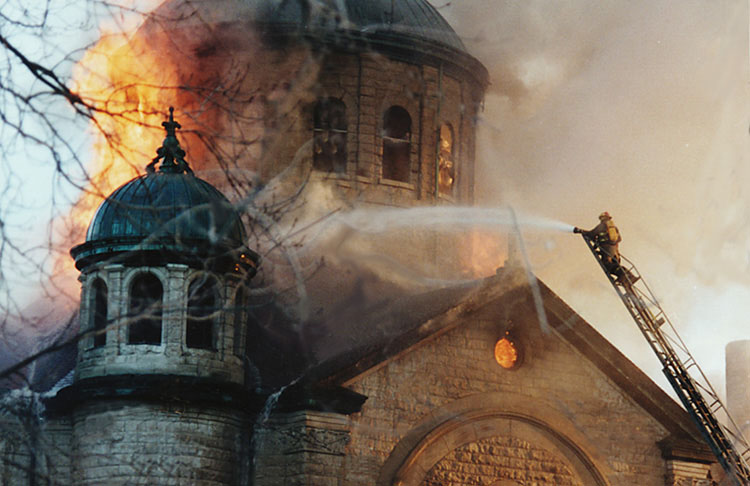
Willard was caught (which wasn’t hard, since he sent letters to two bishops and a TV station claiming credit for the crime). He later served a dozen years in prison. The town of Stuart, meanwhile, struggled with the dilemma of what to do with the shell of the building. Catholic leaders had decided that the cost of rebuilding was too great and that instead a new church would be built on the outskirts of town. The loss of Stuart’s most famous landmark was a blow to the entire community.
And then a miracle occured.
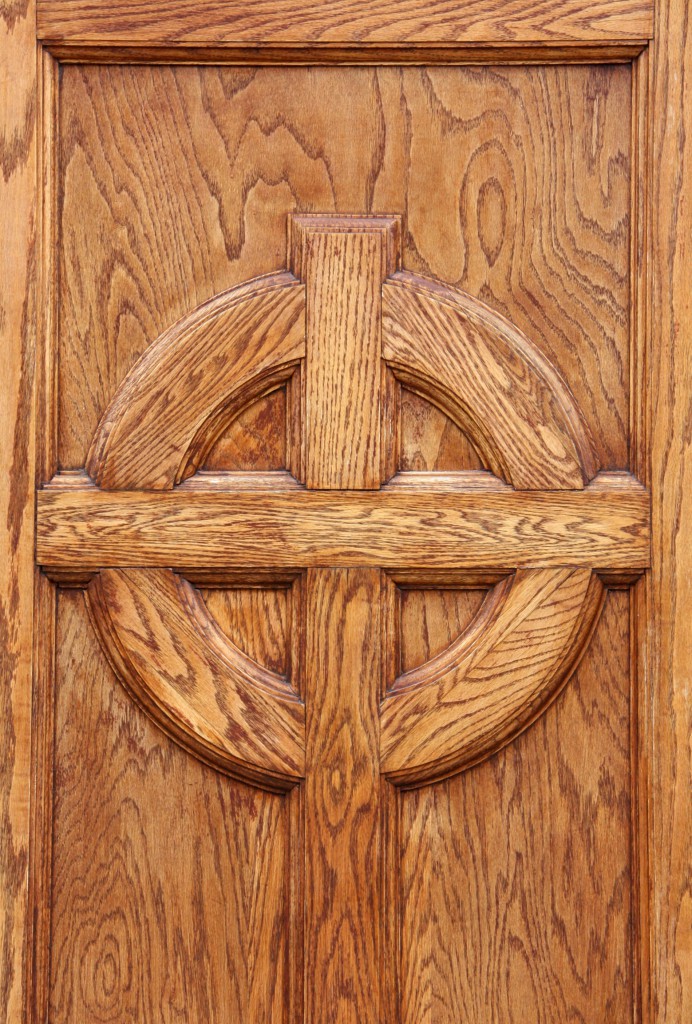
Well, in more prosaic terms, a lot of things came together, but it’s hard not to see the entire process as somewhat miraculous. The citizens of Stuart, a town that hadn’t passed a bond issue since the 1950s, approved a $1.7 million measure to help fund the building’s restoration. The state of Iowa contributed grant money. Individual citizens gave donations. By 2007, $4 million had been raised, and over the next two years a massive restoration project was undertaken.
In 2009 the church opened once again, this time as the Saints Center for Culture and the Arts. Today it hosts a wide variety of special events, including weddings, concerts, theater performances, and reunions.
When I visited the Saints Center recently, I found it hard to believe that this remarkable building had been reduced nearly to ruins. Today its main hall is a warm, inviting public space, filled with light from the clerestory windows underneath the dome that once again tops the structure. White walls alternate with columns of exposed brickwork from 1908. While much of the church’s Christian iconography has been removed, its original St. Joseph altar is kept in an alcove in the main hall. Darkened and damaged by the flames, it is kept as a reminder of the fire.
According to Dick Doherty, one of the prime movers in the drive to restore the Saints Center, the building’s rebirth has been a catalyst for growth for the entire town. “The Saints Center has helped revitalize Stuart,” he says. “It’s become a very popular place for weddings, in particular, and that has helped other local businesses like caterers and hotels. Thanks in part to the money that’s been brought into the town from the center, we’ve been able to build a new city hall, school, and aquatic center.”

The fire has had another surprising legacy: the Learning Museum for Religious Tolerance. Housed in two kiosks at the Saints Center, this self-guided, online resource explores Christianity, Islam, Hinduism, Buddhism, Judaism, Indigenous Beliefs, and Chinese Traditional Religions, as well as the path of atheists and agnostics. It includes video interviews with people living within 60 miles of the church who follow the varied traditions. They talk about their beliefs, rituals and hopes for peace among all religions.
“We wanted to show that in the end, tolerance is much stronger than hate,” says Liz Gilman, who headed the online museum project.
Here’s one of the pieces of information about the Saints Center that I found most intriguing: after the fire, structural engineers found that the steel beams in the church’s walls had actually been made stronger because of being tempered by the intense heat of the fire.
That’s what tragedy can do, is that not right? Sometimes it destroys, and sometimes it makes things stronger. That’s true for buildings, and it’s true for people too.
Someday I hope you can visit the Saints Center, to see what can happen when people refuse to let intolerance and hate have the last word.


